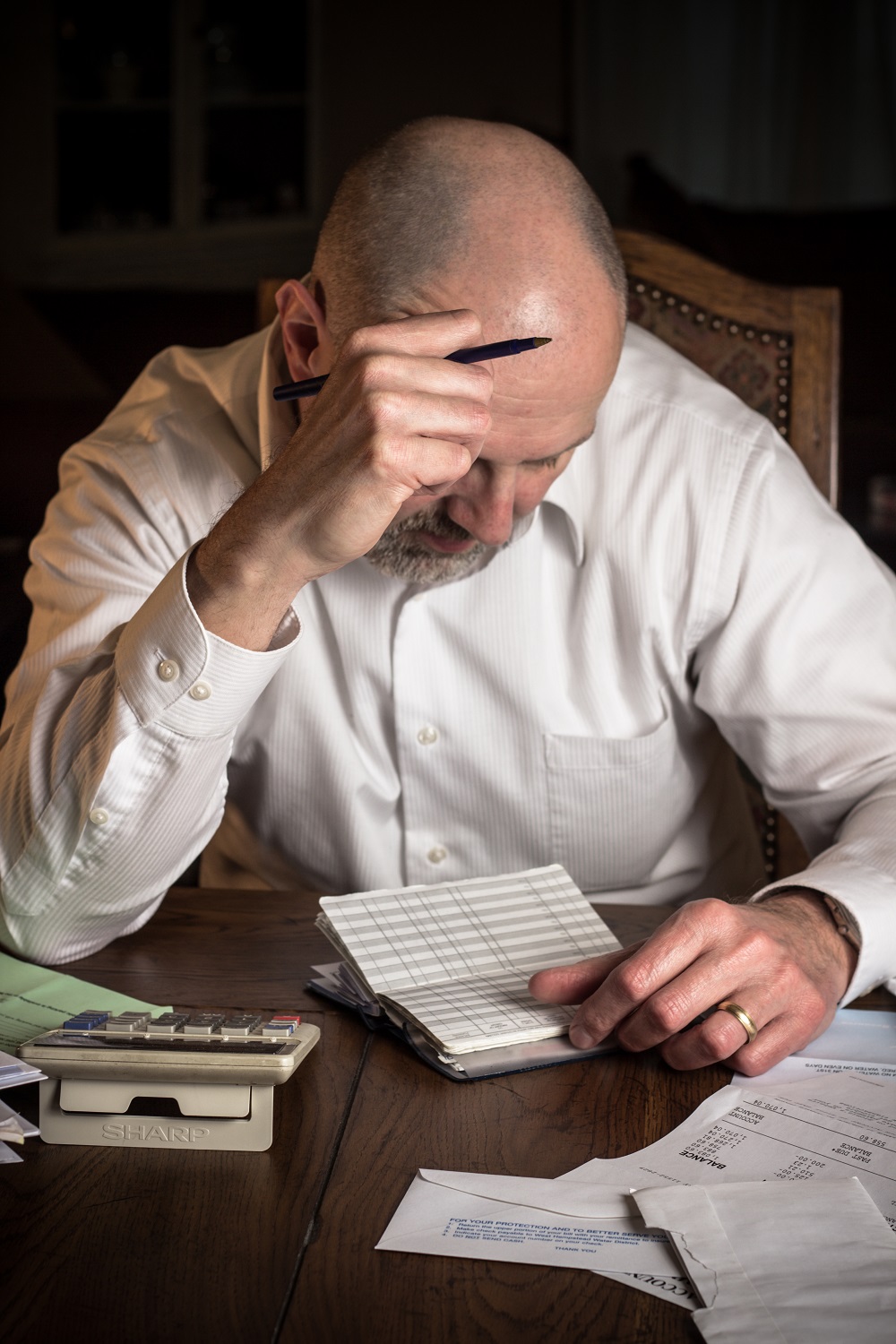3 Ways to Get Out of Overdraft Protection Once and For All
By Christi Posner
 If you’ve been living in overdraft protection for quite some time, it can start to feel like there is no way to get out of overdraft. Your overdraft can easily become a never-ending cycle of borrowing money that’s very difficult to break without a plan. Good news is, we’ve got three ways for you to pay off that overdraft.
If you’ve been living in overdraft protection for quite some time, it can start to feel like there is no way to get out of overdraft. Your overdraft can easily become a never-ending cycle of borrowing money that’s very difficult to break without a plan. Good news is, we’ve got three ways for you to pay off that overdraft.
Let’s start by giving you some facts on how your overdraft protection works so you’re motivated to pay it off once and for all, and then we’ll discuss three ways you can pay it off.
What is Overdraft Protection – Definition, Overdraft Limit, Overdraft Fees, and Overdraft Interest Charges
What is overdraft protection? Overdraft protection is really just a loan attached to a bank account. It allows you to take out more money from your chequing account than you actually have.
What is an overdraft limit? Overdraft limits tell you how much more money you can take out of your bank account. The limits vary from $100 to a few thousand dollars, based on what your financial institution has approved for you.
Are there overdraft fees and overdraft interest charges? Absolutely, big time. The annual overdraft interest is often set around 21 percent. This means that using your overdraft protection is often more expensive than carrying the same balance on a credit card.
Other overdraft charges can occur if you exceed the overdraft limit, or if you don’t have an approved overdraft but you overdraw your account anyway (even because of bank account service fees.) You may need to pay as much as $5.00 every time you dip further past zero in your account.
How to Get Out of Overdraft
Figuring out how to get out of overdraft can feel nearly impossible, especially when you’re using the same bank account that your overdraft is attached to. So we’ve come up with three different ways you can get rid of that overdraft once and for all!
1. Pay Off Your Overdraft Protection Like a Loan
Treat your overdraft protection like a loan, where you pay it off in installments. To do this, you will need to open a new chequing account either with the same financial institution or with a new one.
Take all of your money, including the portion of the overdraft you typically use before your next payday, and transfer it into a new chequing account. This new account should not have an overdraft limit, and will be where you do your everyday banking. You won’t be using the old bank account with the overdraft anymore, so change the bank account type to the cheapest service package possible.
Each payday, transfer money from the new bank account to the old bank account with the overdraft protection and you’ll slowly be able to pay it down. To figure out how much you can afford to pay towards this overdraft debt, build a household budget first. We don’t want you paying too much, and then having to borrow the funds again because you didn’t plan properly! Make sure you are paying the overdraft at least once a month, and at least paying the interest being charged (ideally more) to keep the account in good standing. Once it’s paid off, close that bank account.
2. Save Money and Pay Off Your Overdraft in a Lump Sum
Another way to pay off overdraft is to continue using the account as you always have, but set money aside in savings to pay off the overdraft in a lump sum. Again, create a reasonable budget first to figure out how much you can afford to put towards this savings, and transfer the money into the savings account each payday.
Once you have built up enough savings to pay off and close your overdraft in full, transfer the money to your chequing account that has the overdraft and request that your bank or credit union removes the overdraft protection.
3. Reduce Your Overdraft Limit as You Go
Building up a few thousand dollars in savings before closing your overdraft can be daunting, so a different approach you can take is to reduce your overdraft limit as you go.
For every monumental amount you save (whether it’s $100, $250, or more), transfer it to your overdraft account and ask your financial institution to reduce the overdraft limit by this amount. This will allow you to continue using the same bank account you always have and slowly work your way out of overdraft protection.
Get Out of Overdraft Protection with a Non-Profit Credit Counselling Organization
If you’d like help creating a personalized plan to get out of overdraft protection, contact a non-profit credit counseling organization. With a confidential financial review, they can create a household budget with you, and help you figure out how much you can afford to put towards your overdraft protection.
Overdraft protection doesn’t have to be a life sentence. Take control of your money, make a plan, and pay off that expensive overdraft once and for all!

Comments
Scott Daniels replied on Permalink
overdraft
MyMoneyCoach Team replied on Permalink
It may very well be worth it
Jennifer replied on Permalink
overdraft